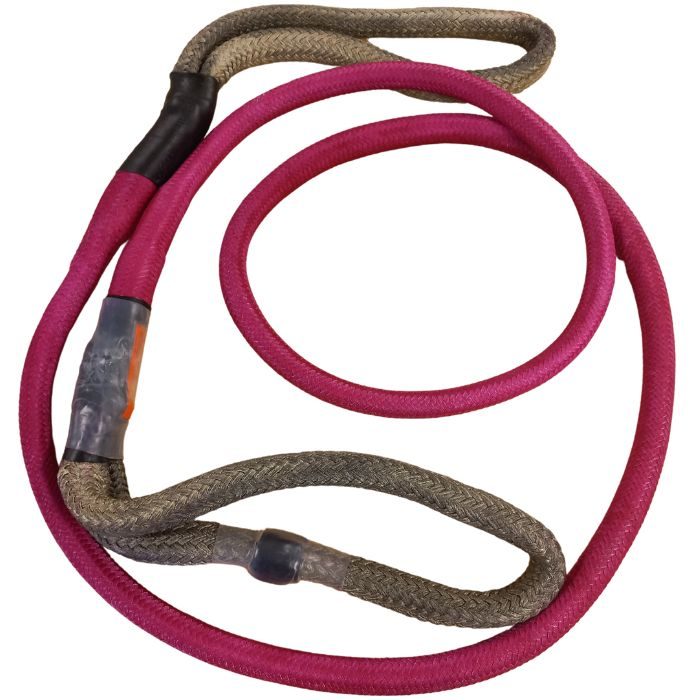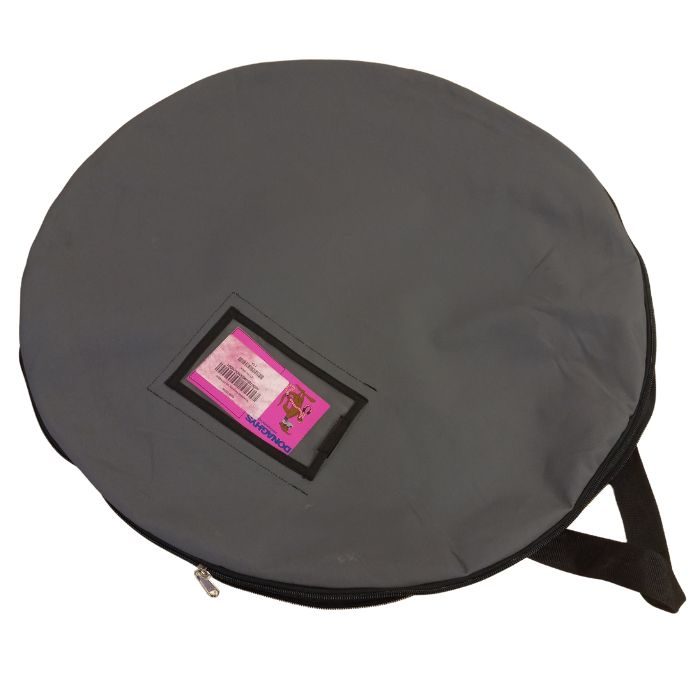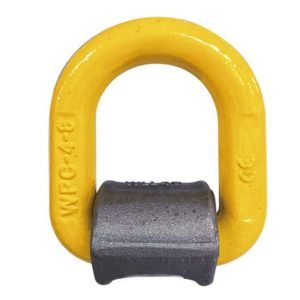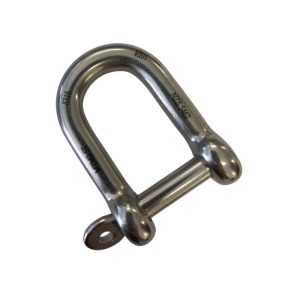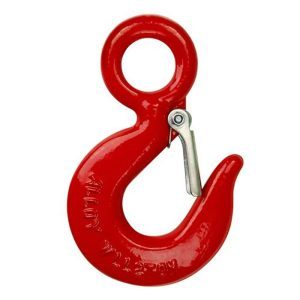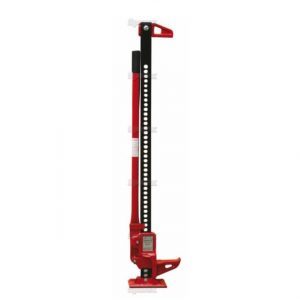Description
Great for 4WD recovery and towing in all situations – car, ute, truck or heavy earthmoving equipment!
- 12 strand UWHMPE core construction.
- Heavy duty tight HT nylon cover on body and eyes to minimize ingress of grit, provide easier cleaning and protect from wear and tear.
- 600mm eye size.
- 6 meters long.
- Reinforced soft eyes.
- Ultra high strength to weight ratio.
- Low elongation.
- Minimal recoil and kinetic energy at break.
- Reduced hand injuries (no fish-hooking like you get with wire ropes).
- Highly resistant to wear and flex fatigue.
- Certified to tonnage rating.
1. Shock Loads
Shock loading must be avoided at all times.
Any sudden load that exceeds the Safe Working Load (SWL) of the line by more than 10% is considered a shock load. When a line is shock-loaded, it retains a “memory” of the overload, which can lead to failure later—even under loads within the original tensile rating.
2. Elongation & Backlash
- Donaghys strops offer low elongation (approx. 4% at break) and low energy storage.
- If the line fails, the break typically happens in a sequential manner, reducing the energy release and minimizing backlash risk.
- Important: Despite this, always avoid standing in direct line with any rope under load.
3. Storage Guidelines
To maximize rope life:
- Keep lines clean and dry.
- Store away from heat sources, chemical contaminants, and direct sunlight.
- Never store ropes directly on concrete or dirt floors.
4. Temperature & Friction
- Synthetic fibres can degrade due to heat from friction or environmental exposure.
- Glazed or melted fibres are signs of heat damage, often caused by:
- Non-rotating sheaves
- Rope-on-rope contact
- Overloading
- External heat exposure
- Always select the right fibre type and rope construction for the application.
- For advice, consult your Donaghys representative.
5. Labelling
Each Donaghys Mongoose Heavy Duty Recovery Tow Strop includes durable, covered labelling appropriate for all size and compliance requirements.
6. Inspection & Retirement
Inspection:
- Inspect after every use.
- Run your hands along the line or grommet to check for:
- Foreign matter
- Broken or cut strands
- Abrasion or glazing
- Inconsistent diameters
Visual Indicators:
- New rope has a smooth, coated surface.
- Used rope often “feathers” as surface filaments break. This is normal and forms a protective layer.
- If the rope has lost 20% of its fibre volume, assume a 20% tensile strength loss.
- Replace the rope at 25% volume loss from abrasion.
Internal Inspection:
- Separate strands to check for:
- Powdered fibres
- Broken filaments

